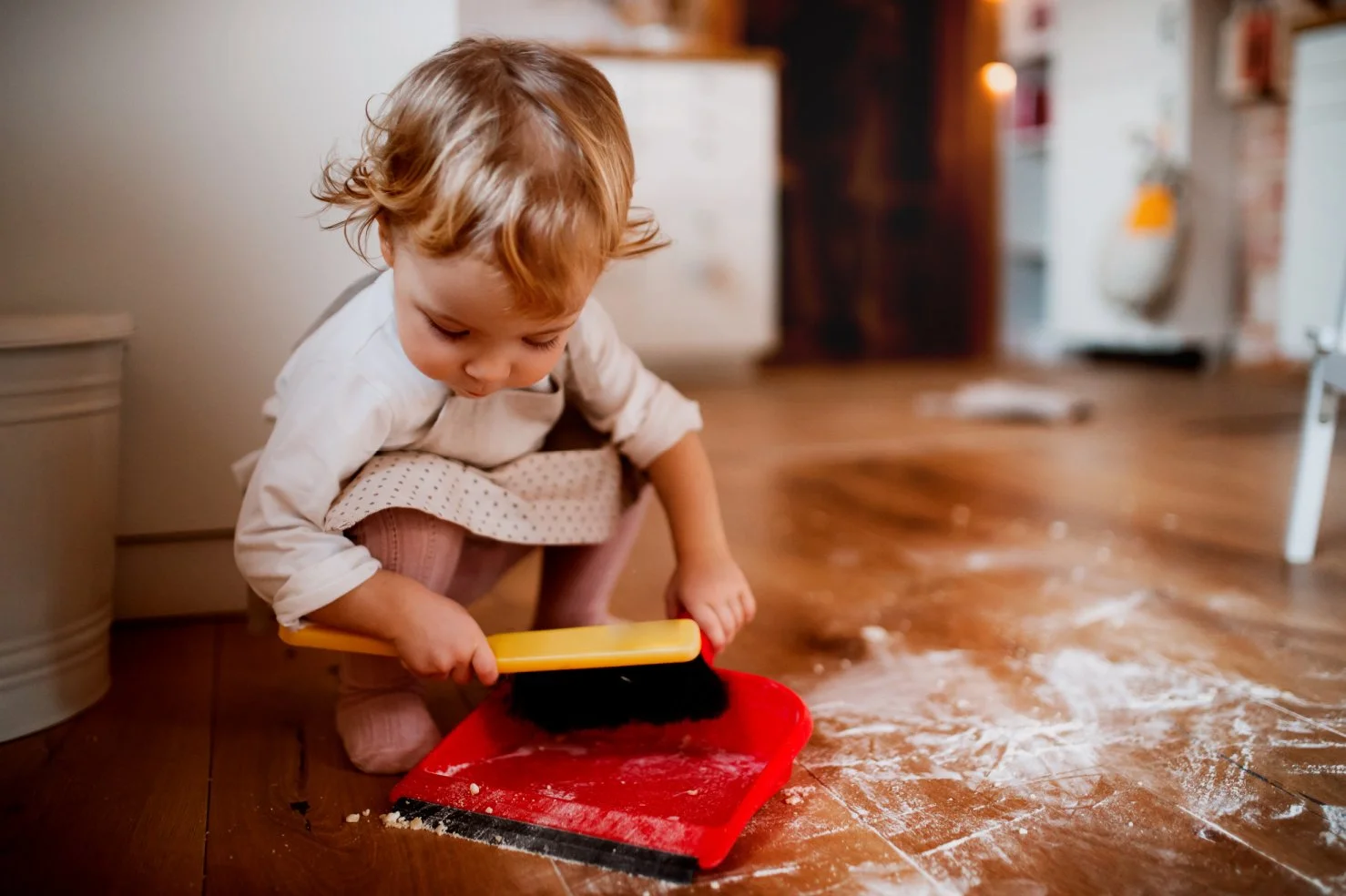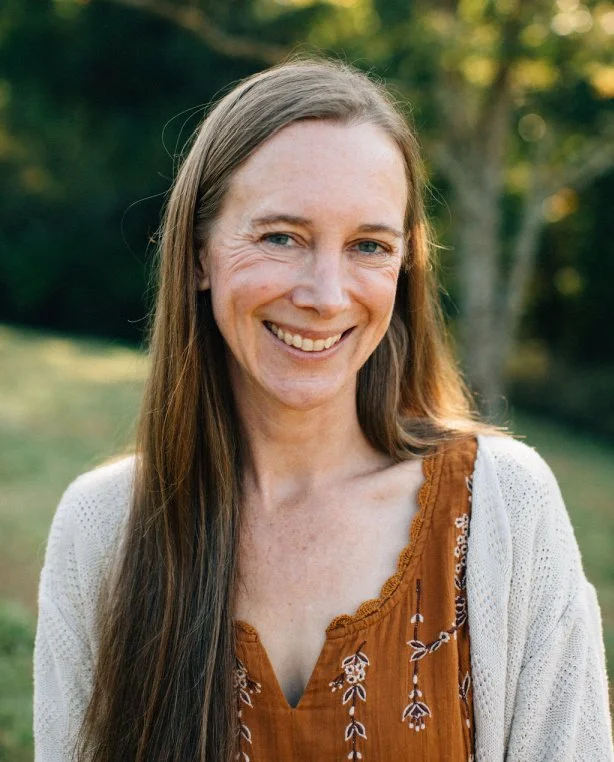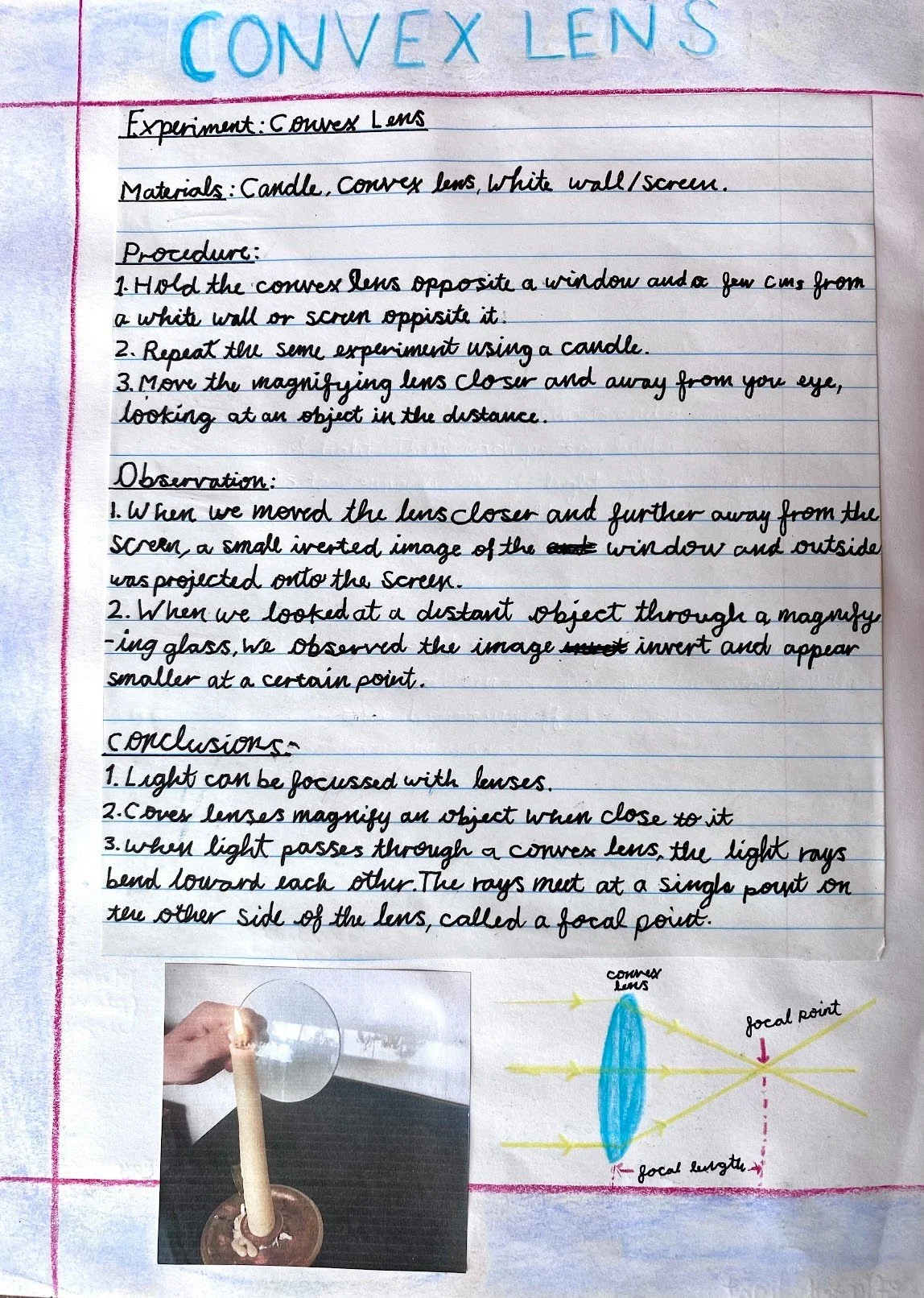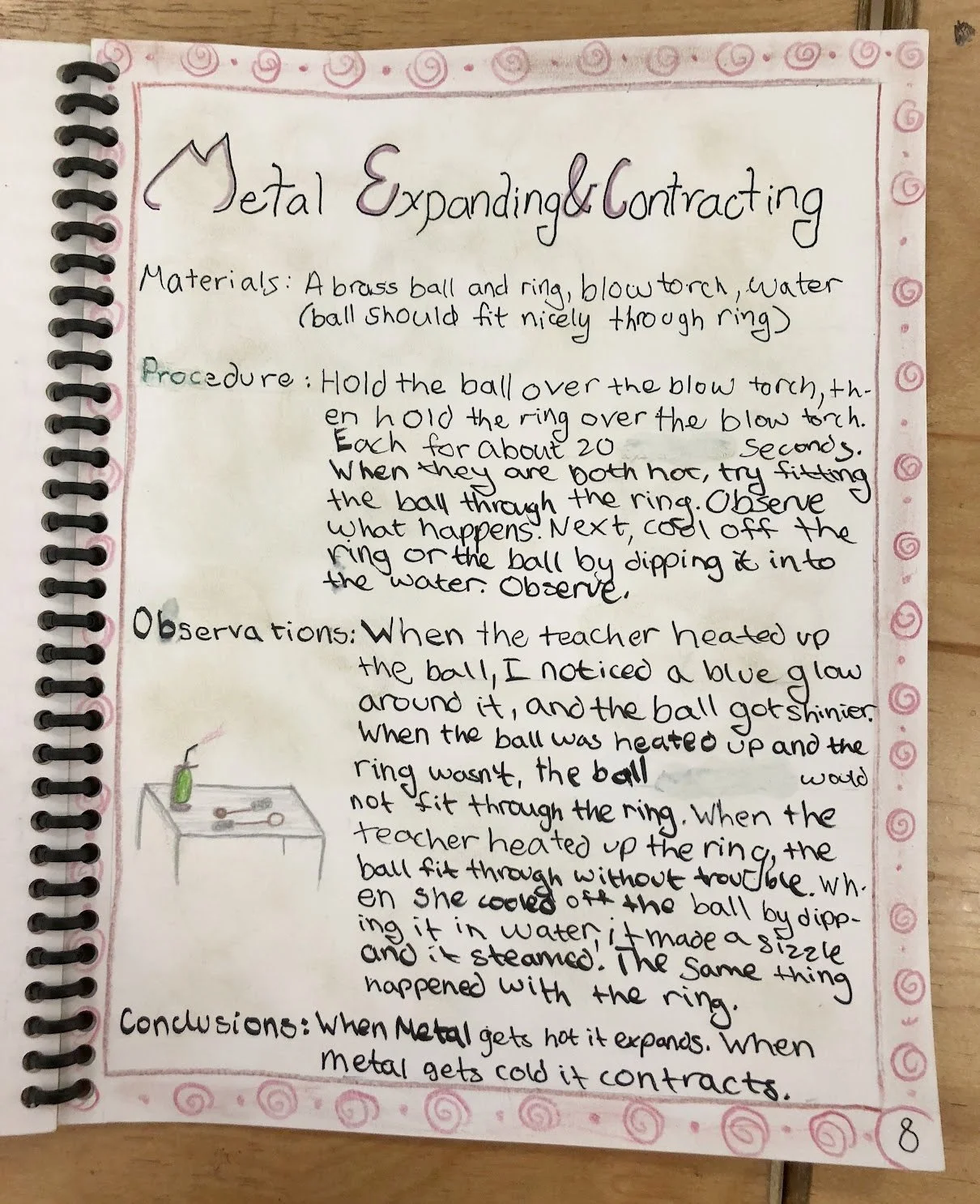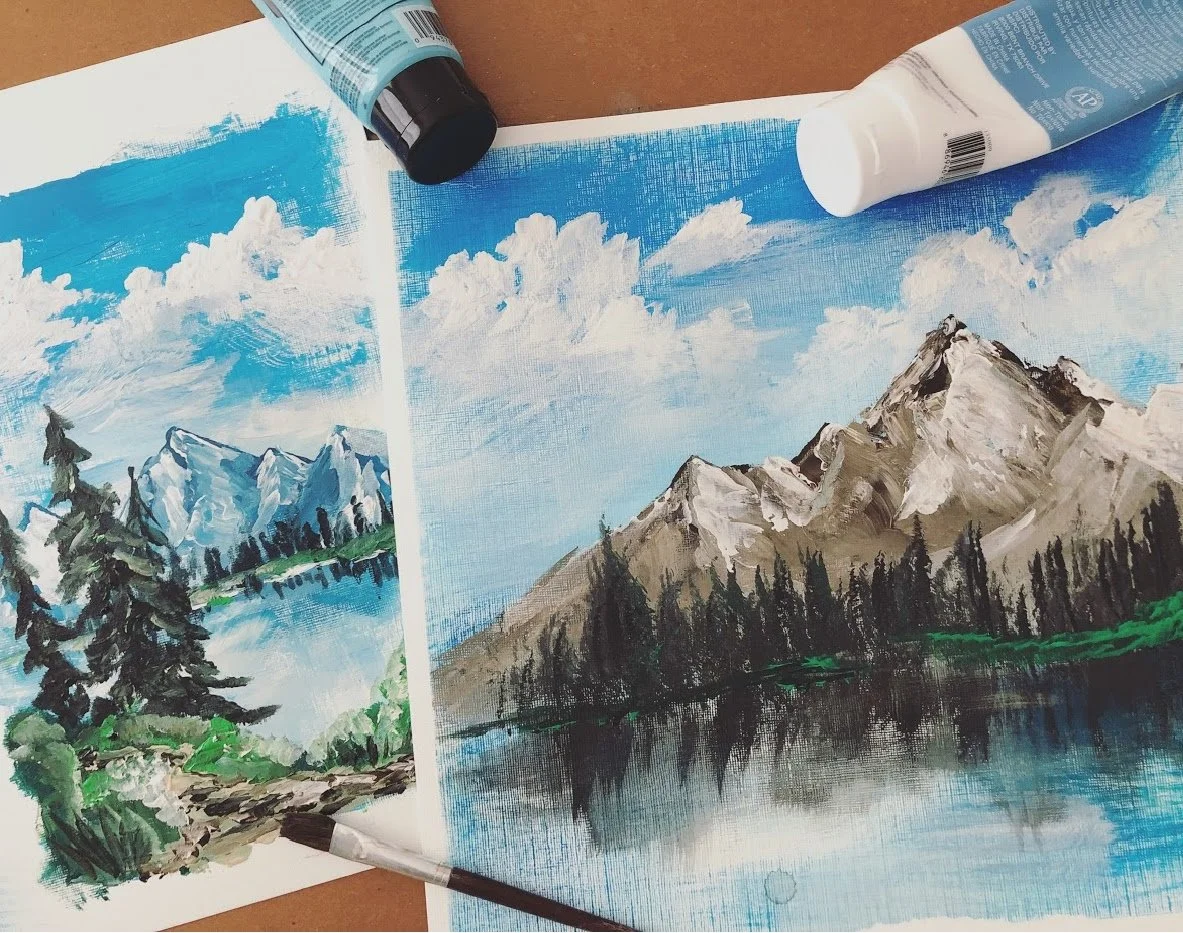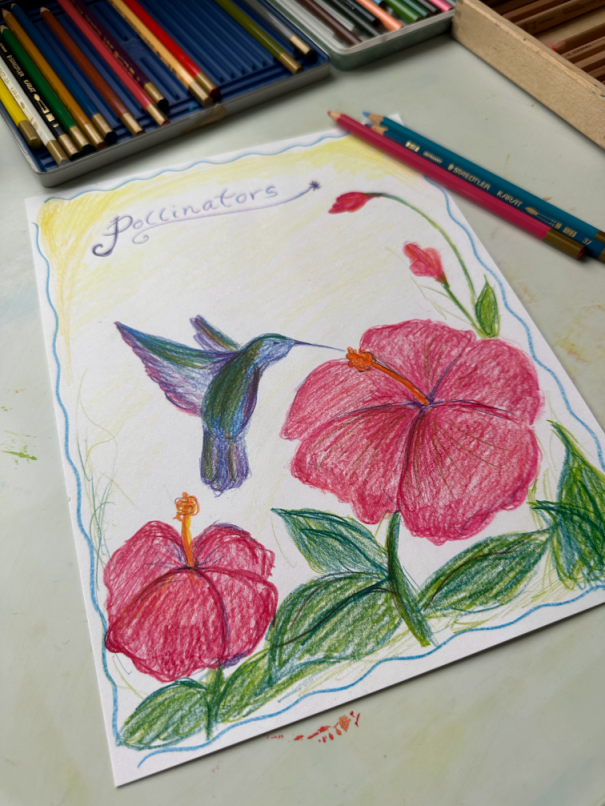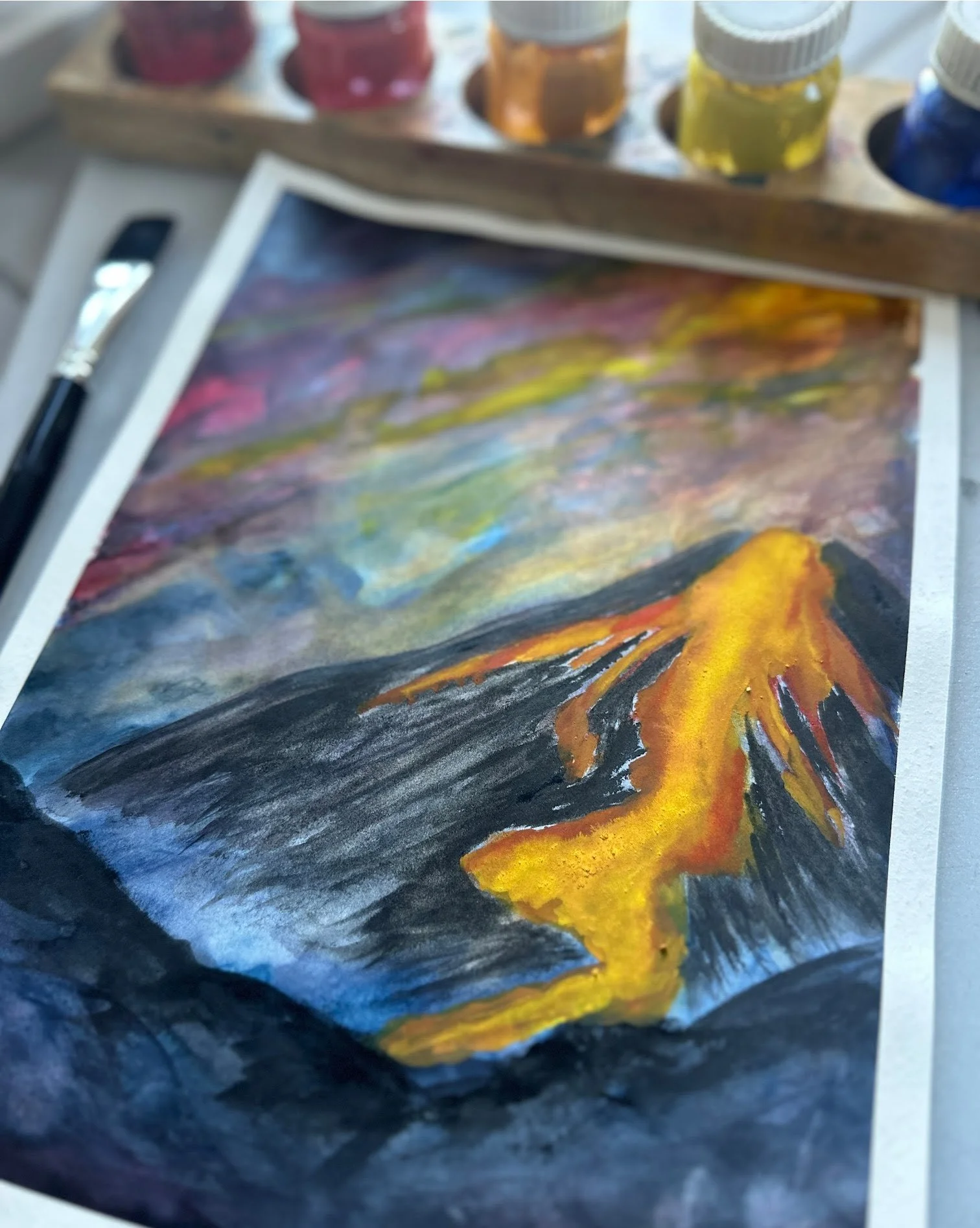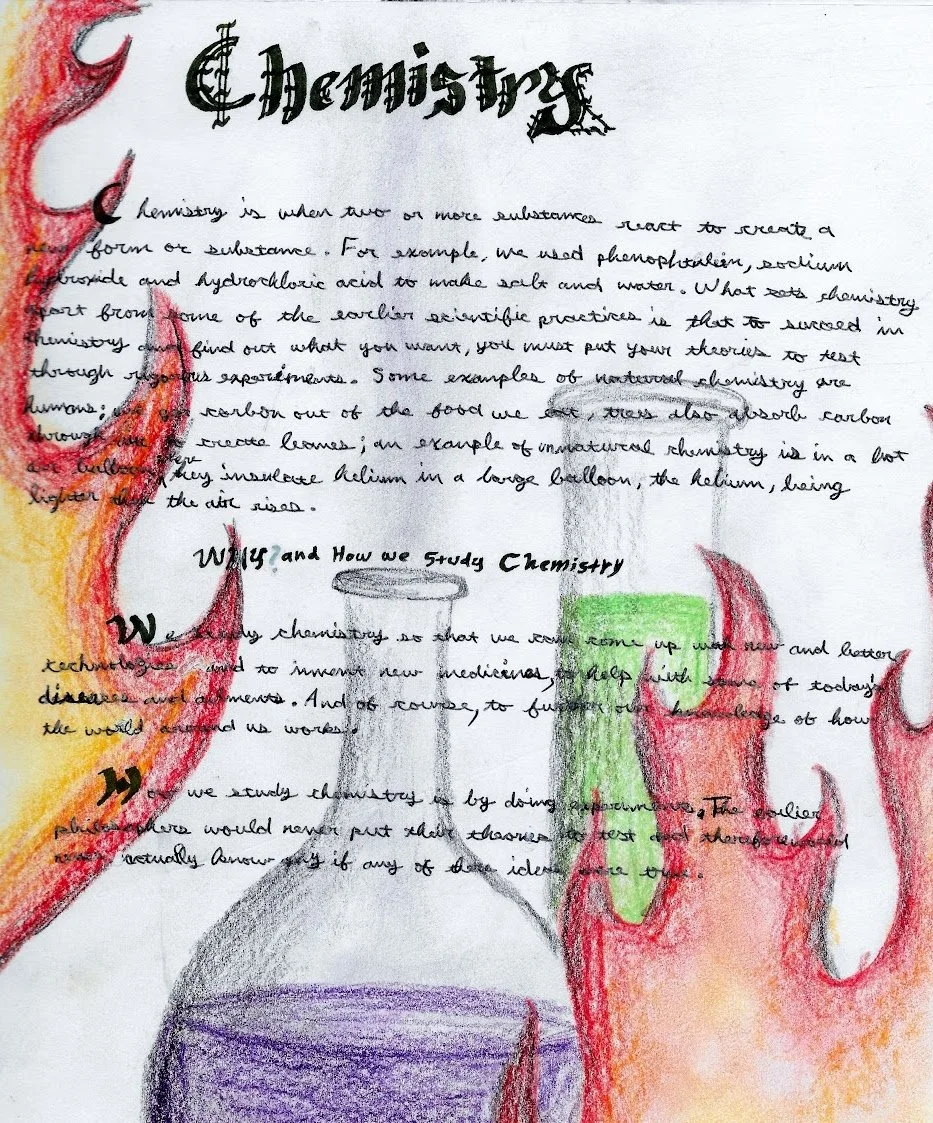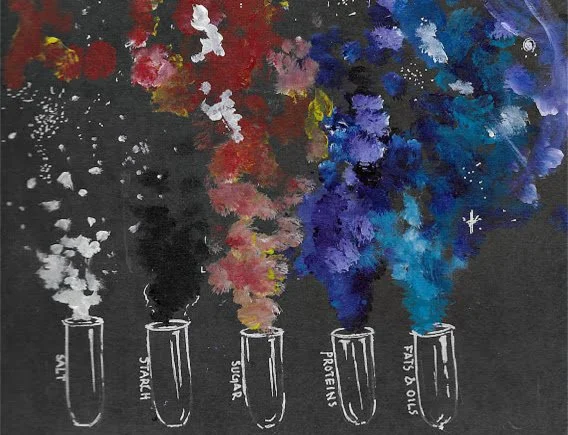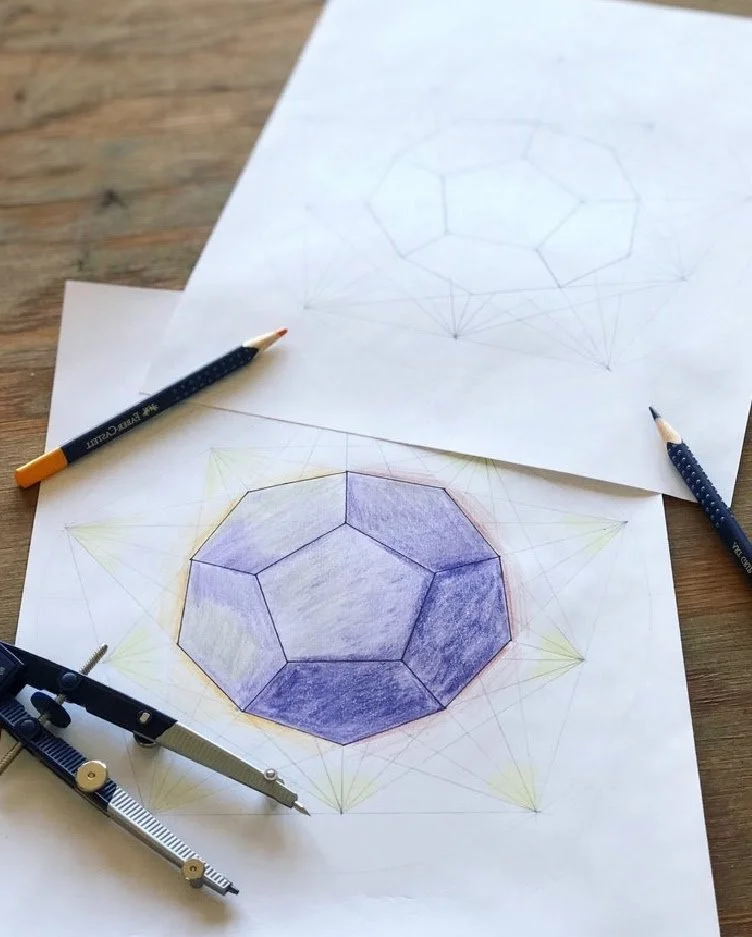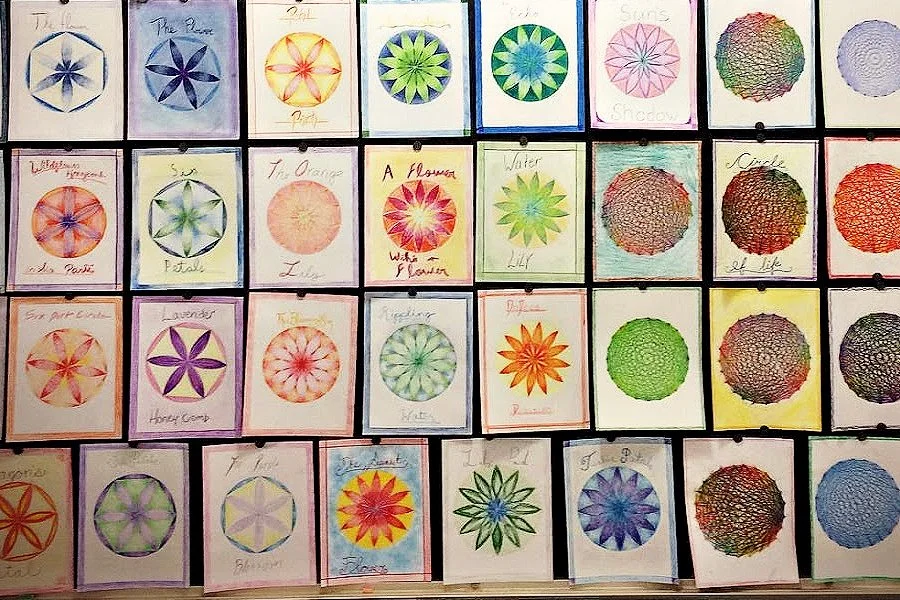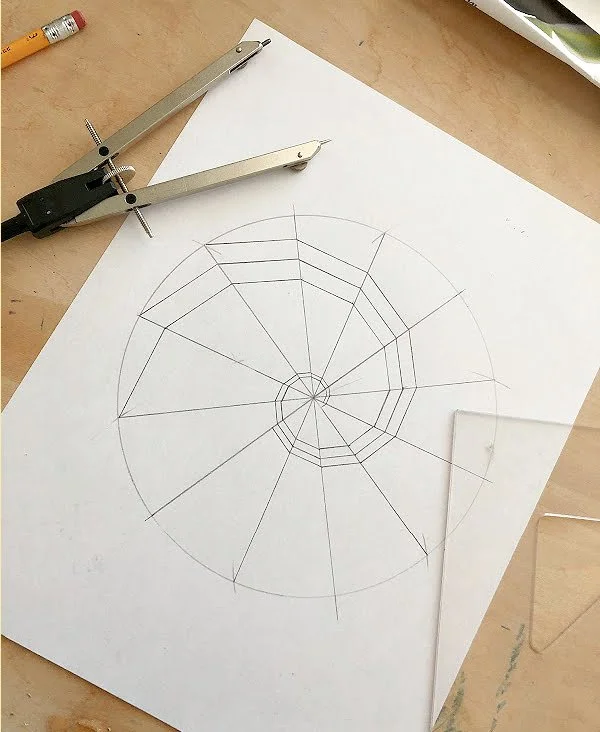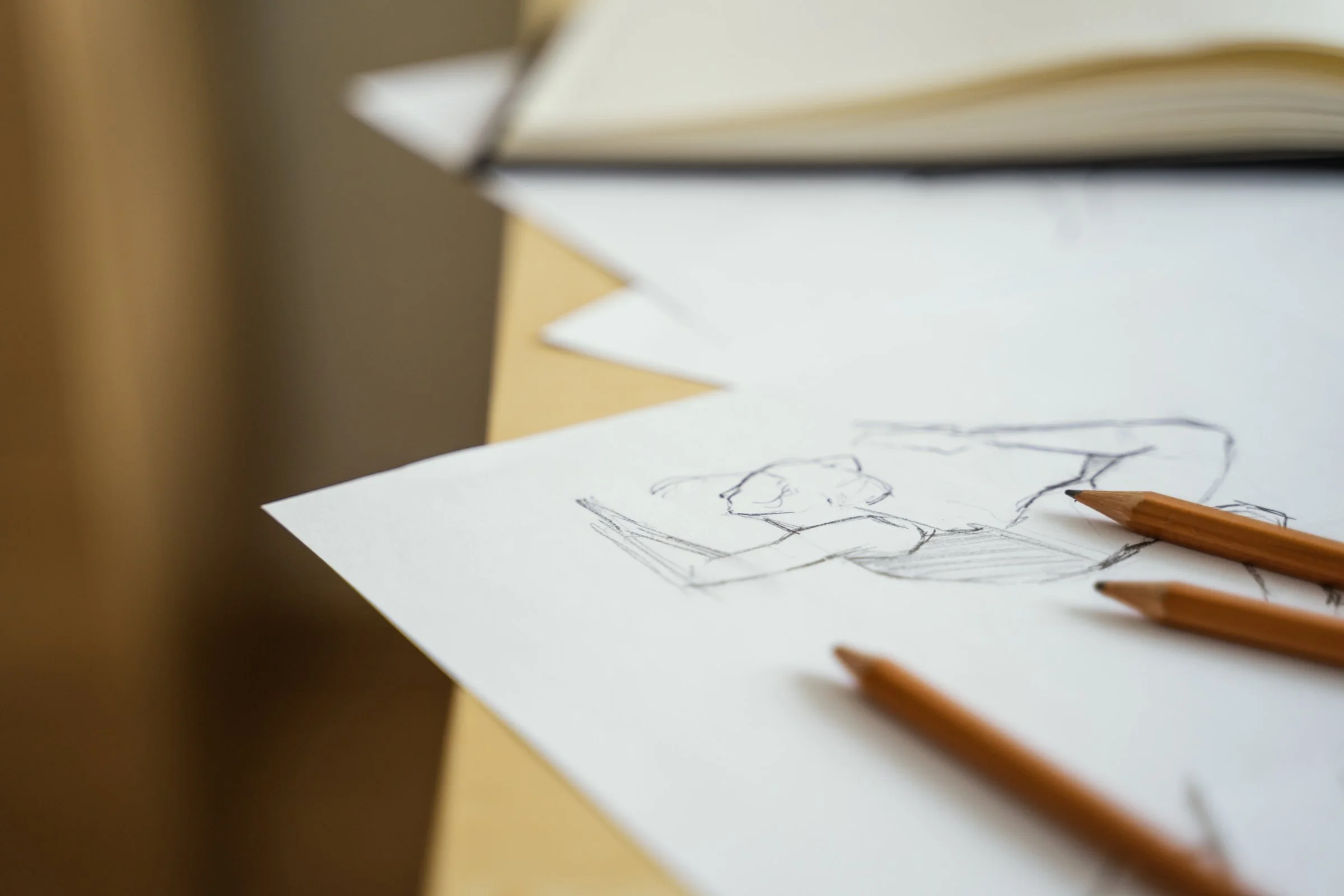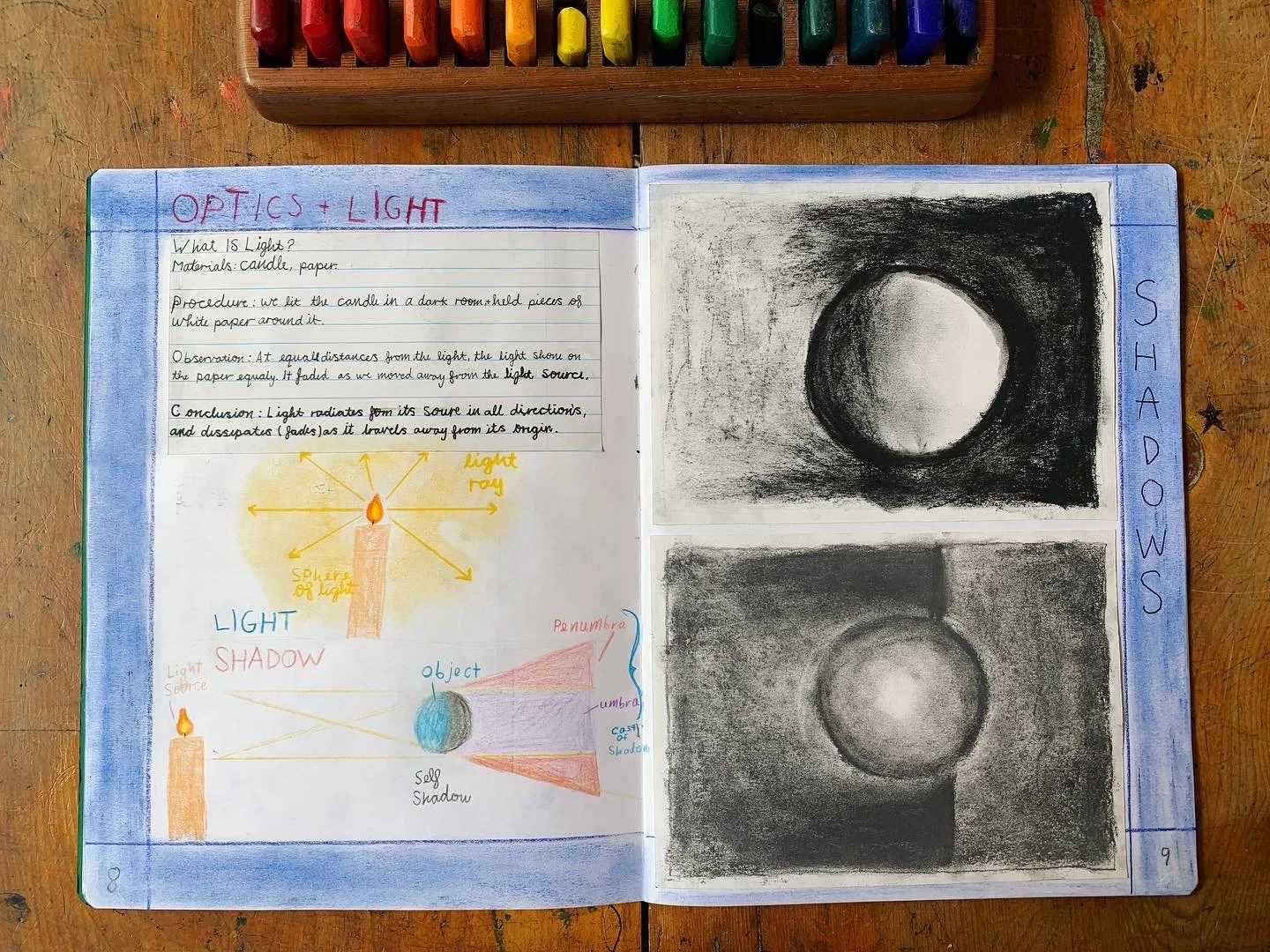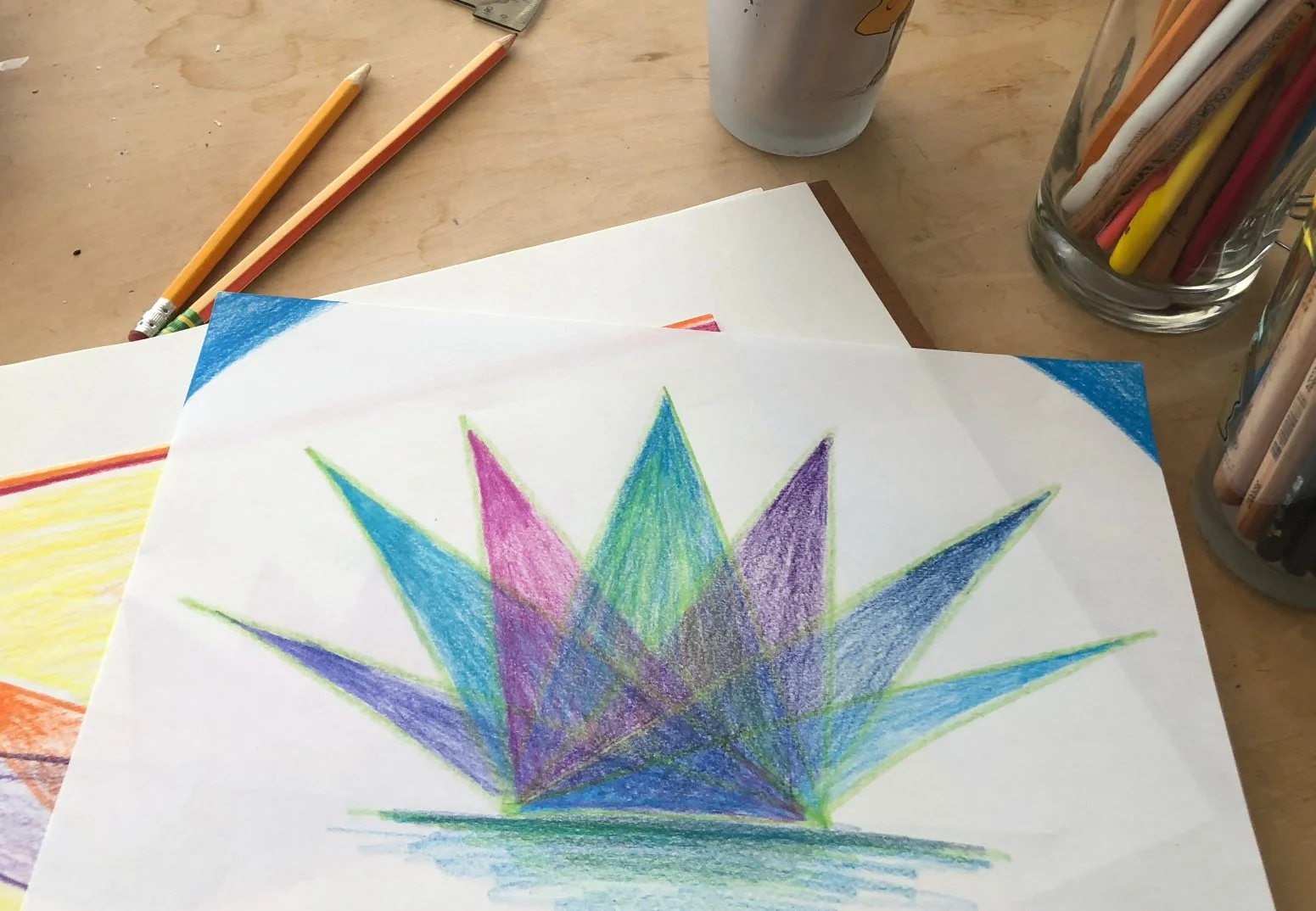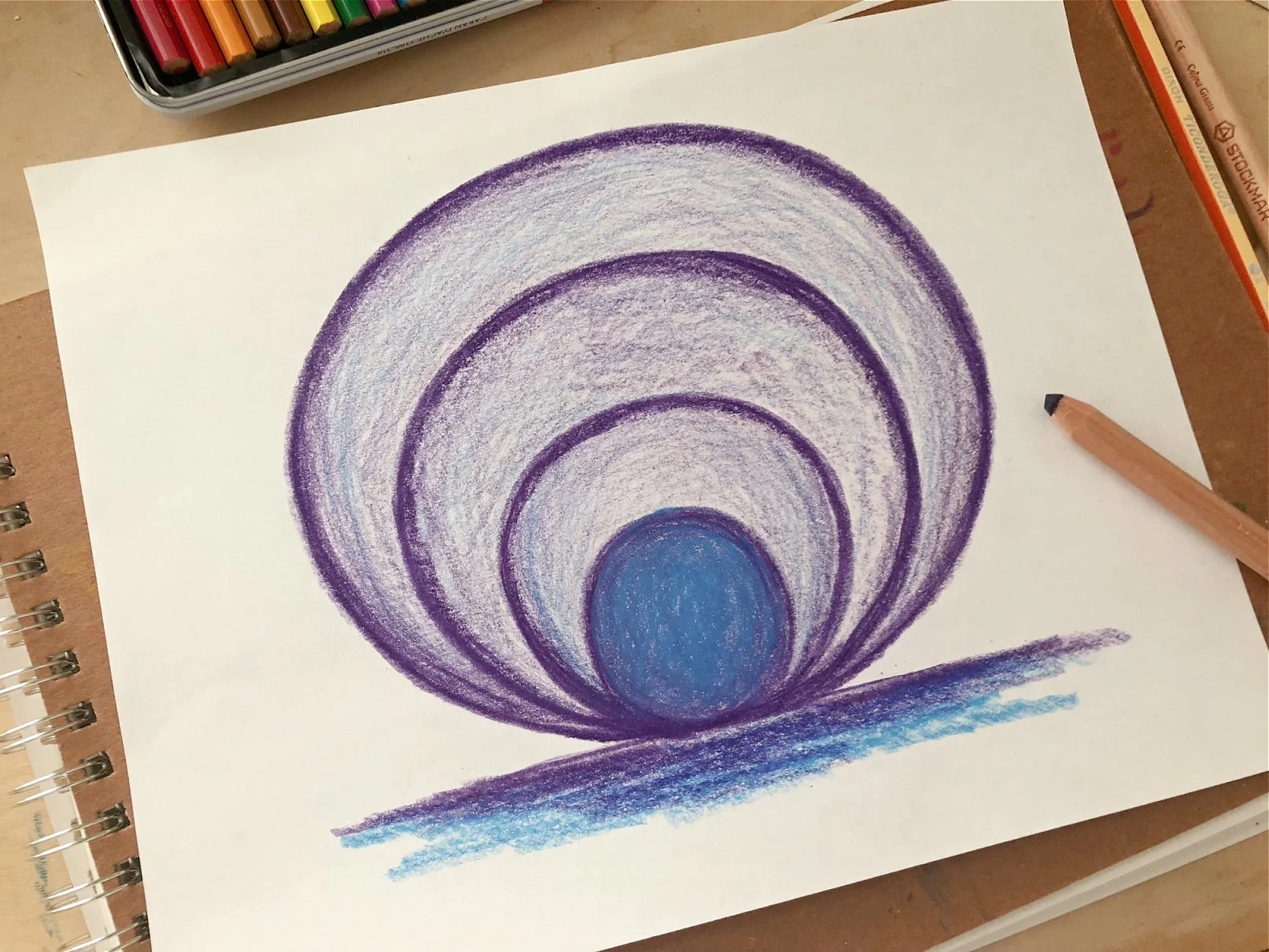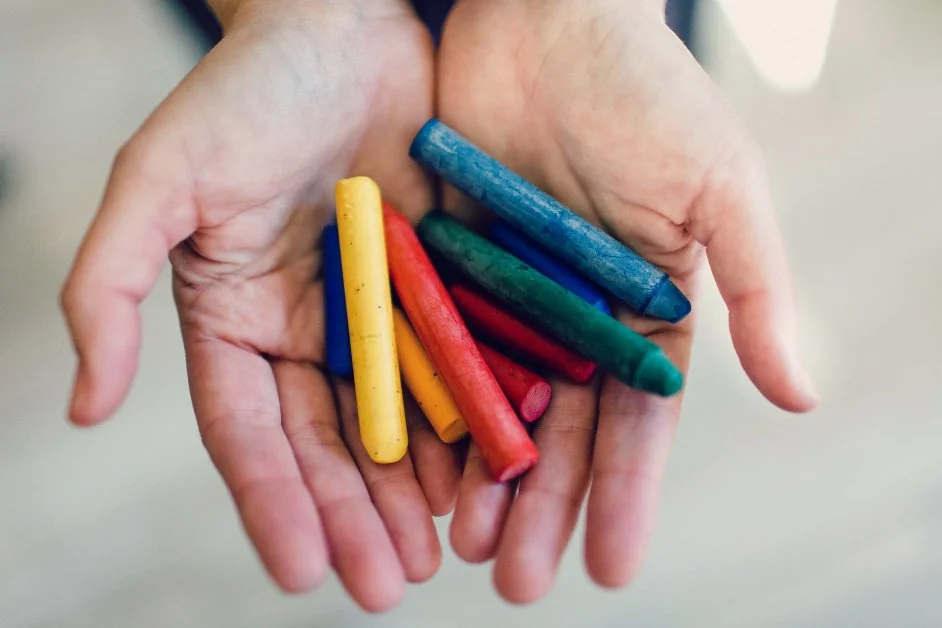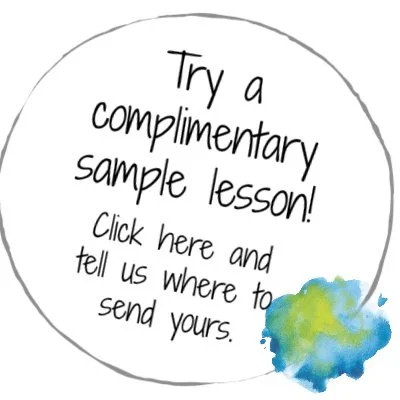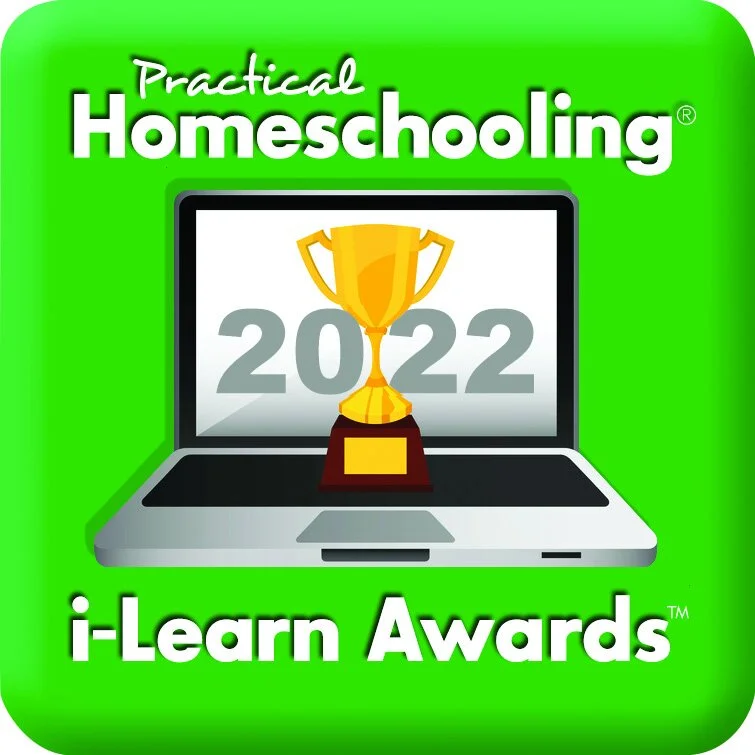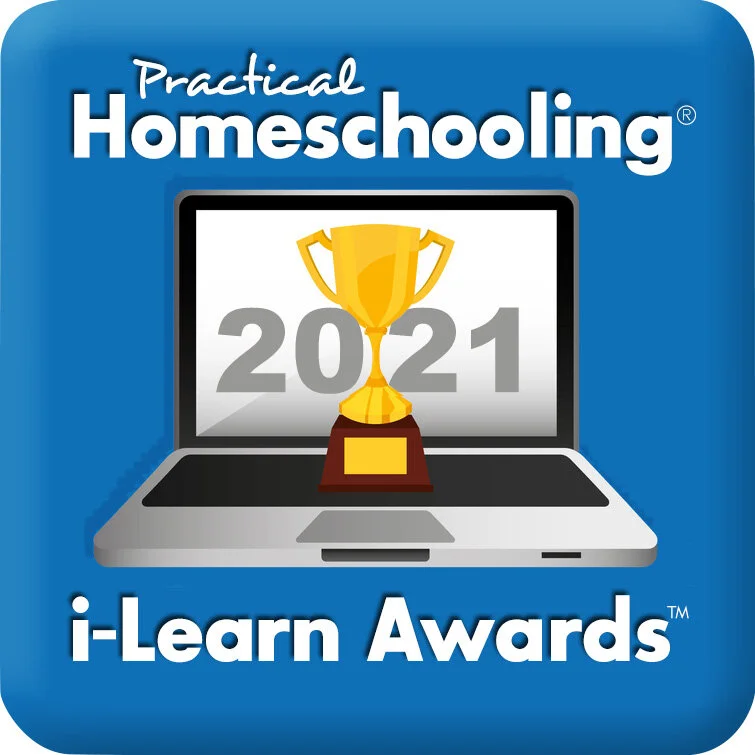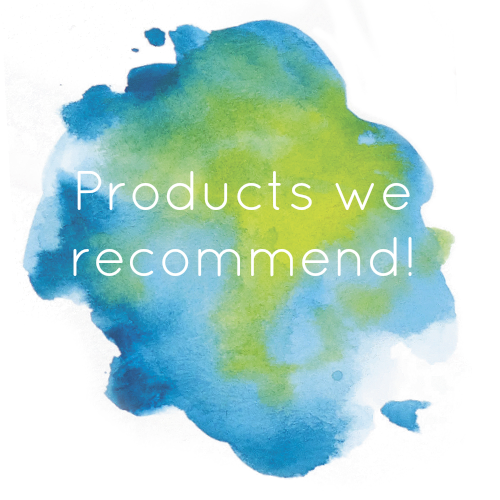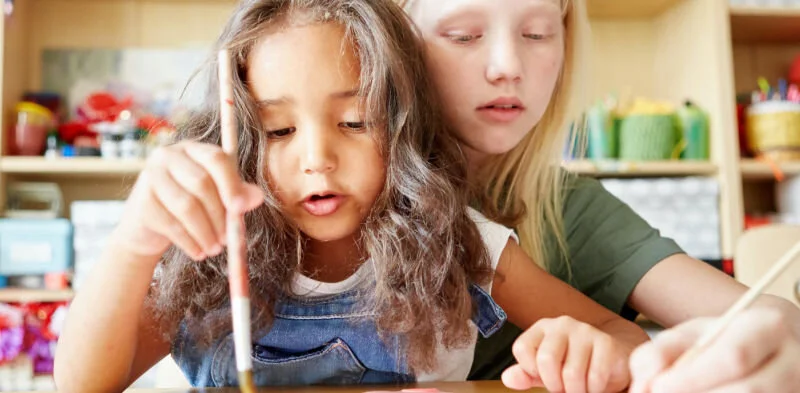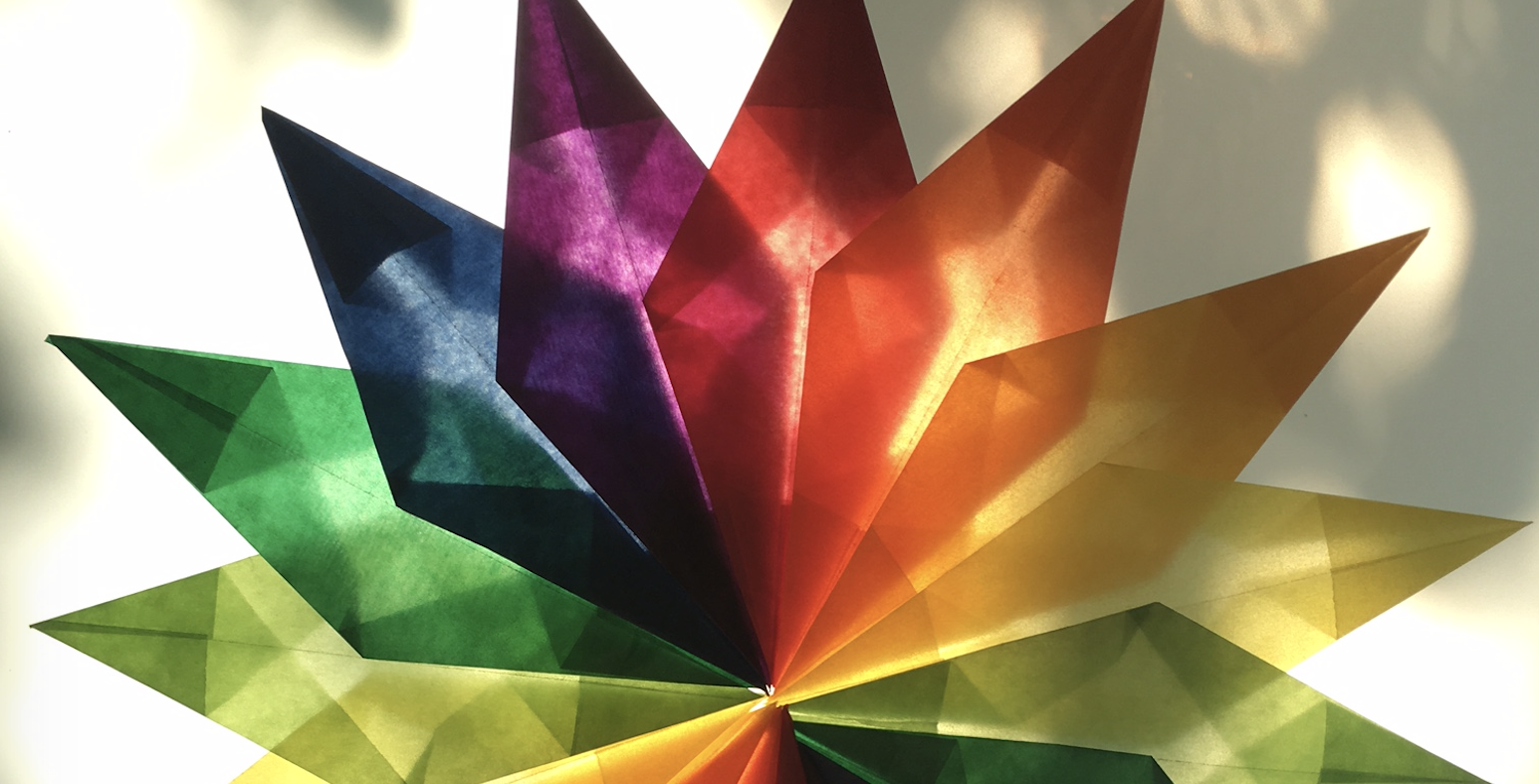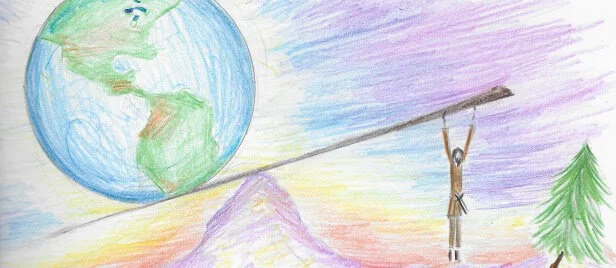
Waldorfish Blog
The Importance of Rhythm in Early Childhood.
Enjoy this piece from guest writer and Storytime in the Schoolhouse founder, Becca Lane! For over thirteen years, she has been creating magical moments for families with young children in the classroom and online.
What is rhythm?
Rhythm is the flow of our day and week; what happens in what order.
When we hear “rhythm,” we often think of music. A song has rhythm when it has a steady and predictable beat. The beat holds the song together.
When we talk about the rhythm of our lives, we mean how our day flows. Our day has a rhythm when the parts unfold in a predictable order. For example, your child knows what to expect when they wake up, or bedtime has a similar flow every night, or what you do after school each day is always the same.
The more predictable and consistent the flow of your day is, the more rhythm you have.
Clean-up time can be a rhythmic aspect of the day for the whole family!
A rhythm is different from a schedule.
Rhythm and schedule are often confused, so let’s take a moment to clear up the difference.
A schedule is based on clock time. We write “scheduled” events on our calendar—at a specific day and time.
A schedule is often externally imposed. Your job or school has a schedule. You schedule appointments. These happen at a particular time on a specific day.
On the other hand, rhythm is based on flow and order. It is loosely based on clock time but not dependent on it.
Rhythm has layers.
Our day has a flow or rhythm, as do our week, month, and year. Even the smaller parts of our day have a rhythm. We can add rhythm to any of these layers.
Even the busiest/most chaotic lives can create rhythm.
As little as one new “beat” of rhythm creates consistency and predictability.
Rhythm benefits adults as much as children.
We often focus on our children and the benefits for them but a rhythm benefits adults just as much. I am amazed each time I make the effort to create a new rhythm in our day or week--I see how much it benefits me and eases some of my own overwhelm.
Rest and reset: an essential aspect of daily rhythm!
What are the benefits of rhythm?
Rhythm is one thing we can add to our life that actually simplifies it.
Children can feel anxious, overwhelmed, and out of control when their days unfold randomly without any underlying consistency or predictability. They don’t know what will happen, when, or what is expected of them if/when it does.
Rhythm creates predictability and consistency.
Research shows children experience less anxiety and overwhelm and more connection and ease when their days are predictable and consistent; when they generally know what to expect during the day.
Rhythm reduces anxiety.
We live in an increasingly unpredictable world that makes many (most?!) adults and children anxious. One way to protect our children from the anxiety this creates is to add predictability to our family life.
Creates time for what matters.
Life can become busy, full, and chaotic once you become a parent! Creating a rhythm allows you to carve out time for what matters for your family, whether it be regular family dinners, weekly hikes, or slow Sundays at home.
(The Waldorfish community saves $10! Use code RHYTHM4WALDORFISH .)
How do I get started?
Pre-made rhythms rarely work.
You’ll likely find lovely rhythms posted on social media or included in purchased curriculum. However, taking a pre-created rhythm and making it work in your life is hard. Our individual lives and all the moving pieces are just too different.
One small, doable change.
Most of us assume we are supposed to create a new rhythm from morning until night, Monday through Sunday, and wake up one Monday morning and implement the whole thing. Well, I hate to tell you, but this usually doesn’t work! This level of change takes a tremendous effort to pull off and is unsustainable in the long run. Humans can’t create this many changes at once!
Instead, adopt the principle of “one small, doable change.” Create one new rhythm, implement it, and wait until it becomes a habit. Then, add another. Repeat until you reach a rhythm that works for your family.
First, focus on connection.
When we add our first “beats” of rhythm to our day, adding a tidy-up time or cleaning rhythm can be tempting. Instead, start with a consistent and predictable moment of connection with your child. Let the foundation of your rhythm be built on connection. Once the foundation has been laid, you can add on from there, including more practical elements like tidy-up time or dinner prep.
Start with sleep times and mealtimes.
Keep it simple: share a meal together!
When you are beginning to build your rhythm, start with a sleep time or mealtimes. Add one new “beat” of rhythm to that time of the day.
Add something you can easily do the same way every day. (Hint: it shouldn’t have lots of steps or involve a lot of materials.)
Keep doing this until it is a habit. Just one steady “beat” will create rhythm!
Then, add another “beat” to another time of day.
Repeat until you have a unique rhythm that works for your family.
Examples of “beats” of rhythm that add connection:
Go on a walk after breakfast each day.
Have warm tea and muffins after school every day.
Light a candle at dinner each evening and share a family blessing. (“Blessings on our meal, and everyone near and dear.”)
Read books together on the couch for 30 minutes each night before bed.
About the Author
Becca Lane creates magical moments of connection between children, families, and the natural world.
For over thirteen years, Becca ran Little Round Schoolhouse, a mixed-age children’s garden for 3-7-year-olds. In 2020, her work shifted online with the creation of Storytime in the Schoolhouse, an online program that helps parents provide their young children with a rhythm of songs, stories, and creative projects.
*This post contains affiliate links. Waldorfish is a big fan of Storytime in the Schoolhouse, and believe it will help support you and your family! Waldorf Science Curriculum: What is the role of formal lab write-ups in middle school?
A: When a student enters sixth grade, the curriculum shifts to meet them just where they are in their development in many ways…
An example of a student lab write-up from our seventh grade Chemistry class.
…one of them being the study of science- physics, geology, astronomy, and more as the grades progress!
In 6th grade Physics specifically (and in Chemistry blocks later in 7th and 8th grade), the educator will introduce the practice of creating formal lab write-ups, which illustrate the materials, methods, observations, and conclusions of a single science experiment. After an experiment has been fully demonstrated and discussed, the lab write-up is the final step in reviewing what has been learned and discovered.
(Our science courses for Physics (grades 6-8) and Chemistry (grades 7-8) include templates and helpful guides to get started with science write-ups in your homeschooling curriculum!)
These formal lab write-ups are where science and language arts work closely together!
Though on its surface this sounds simple and straightforward, science lab write-ups pose a whole new challenge for the budding scientist, and are a tool used by the educator to build observational and objective communication skills. These science write-ups provide an opportunity to practice writing what we see, hear, smell, feel and taste, all through using clear, accurate and objectively written descriptions.
Removing opinions, and describing the facts!
With this practice, the educator poses such questions as:
“What do we need to complete this experiment?”
“What is the method used, or, how does one actually do this experiment from start to finish?”
“What happens during this experiment? What did you see throughout the experiment?”
“What conclusions can be reached from your observations?”
Writing all of this objectively is actually much harder than it seems!
When I first introduced science write ups to my 6th grade class, I challenged my class to write a simple guide for me: “How to Make a Peanut Butter and Jelly Sandwich”- from start to finish.
Students learn the principles of thermodynamics through our 6th grade physics curriculum- learning by doing! Find the science write-up for this experiment in the next image.
What would I need to make a PB & J? How should I do it? What challenges should I be aware of, or what techniques worked best? What should I expect to end up with after applying the method?
Then, after writing their PB & J write-ups, it was my job to make these sandwiches in front of the class, but I could only do what the science write-up said- literally! No guesses, inferences, or assumptions on my part- I had to follow the instructions exactly as written.
As you can imagine, this was a very entertaining lesson- and an effective one! Students unknowingly left out all kinds of ingredients, tools, and steps (resulting in very silly sandwiches!)
All demonstrating that when we write a lab write-up, we have to be specific, methodical, and objective.
Writing our observations proved to be a challenge as well, which we discussed with the PB & J demonstration. To practice communicating observations, I asked the students to describe a PB & J sandwich. What does it look, smell, taste, or feel like?
Many students wrote that a sandwich tastes “Good!” or “The bread was especially tasty.” Almost all wrote their opinions about the sandwich. If we imagine the reader had never seen a PB & J sandwich, words like “good” or “tasty” actually do not describe anything other than one’s preferences and opinions; they don’t provide a detailed depiction of the sandwich itself!
After working through an experiment and discussing the results, it’s time to bring it all together in a science write-up. This is an example of student work after observing how metal expands and contracts; the laws of thermodynamics in action!
Instead, we discussed using objective and clear descriptive word choices and sentences.
“The bread is soft and white, while the jelly is somewhat sticky and tastes sweet.”
“The peanut butter is smooth to spread and has a very nutty taste.”
Already, with these simple adjustments in our language, a reader will be able to get a much better idea of what the student actually observed with their senses.
This exercise translated well over to our science experiments and subsequent formal lab write-ups. For example, when the students studied acoustics, we found all kinds of descriptive words to use for observations: “hollow,” “tinny,” “ringing,” “grating,” “soft,” “muffled,”- the list goes on.
Here is where science and language arts become one!
Formal lab write-ups provide a way to meld together science and language. The process pushes students to remove their opinions, and focus on what their senses experience in an objective way- perfect for the sixth grader who is beginning their journey into the often unsettled and murky experience of puberty! While the experiments in a science block are of course important, the formal lab write-up provides a structure for the student to process their observations, grow in their writing skills, and find the truth outside opinion.
Looking to add Waldorf-inspired science to your homeschool classroom?
About the Authors
Robyn Beaufoy is Waldorfish’s CEO, and also a course instructor for Simple Season (coming soon!), Waldorf Art for Beginners, and Weekly Art Foundations. You’ll find her intuitive touches and influences throughout everything Waldorfish offers. Robyn has been in the world of education for over 25 years, with an MA in Education and a certification in Waldorf teaching - she also homeschooled both of her children for some of that time. In 2012 Robyn co-founded Waldorfish.com, creating it with the vision of making Waldorf inspired-art and pedagogy more accessible, joyful, and doable for homeschoolers all over the world.
Caitlin Amajor is Waldorfish’s course instructor for Geometry grades 5 & 6, and Botany, as well as our Administrative Assistant. From a young age, Caitlin has been immersed in Waldorf education, attending a Waldorf school from K-8. After receiving a BA in History, Caitlin gained her certification in Waldorf teaching, and spent seven years as a Waldorf class teacher in the upper grades. With a special fondness for watercolor painting and geometry, Caitlin loves bringing Waldorf education to her students all over the world, and seeing their own individuality and style bloom from the curriculum!
Upper Grades Curriculum Resources from Waldorfish
Let’s dive into the Waldorf upper grades curriculum resources available here at Waldorfish.com!
Through art, science, and geometry, Waldorf upper grades curriculum (for grades 5-8) meets the growing student right where they are in their transformation from child to teen.
From online homeschooling courses to pedagogical resources, Waldorfish can help you gain confidence in teaching your middle school student, and enjoying the process along the way!
Art Resources
Art is an integral part of Waldorf upper grades curriculum, and is woven into nearly every subject of study. New techniques and mediums are introduced throughout grades 5-8, all designed to enrich the student’s connection to artistic skills, build their understanding of the natural world, and find their own style and method of expression. Check out all of our art resources, and explore the courses we offer that will support you through your upper grades art journey!
On the blog…
Explore why Waldorf education utilizes chalk drawings as a way to enliven the classroom and the curriculum.
Perspective Drawing- Art in the Middle Grades
Why are perspective drawing techniques introduced in seventh grade? It’s all about point of view!
Black and White Drawing- Art in the Middle Grades
Discover why drawing with charcoal perfectly meets the developmental experience of the growing middle school student.
Waldorf Art: How is Art Incorporated into the Waldorf Middle Grades 5-8?
From pencil drawing, to clay work, to watercolor painting, we’ve got your guide to all things Waldorf upper grades art.
Full support from our courses…
Make Waldorf art lessons a part of your weekly rhythm! With 33+ lessons, including watercolor painting, crayon drawing, chalk, and more- we’ve got everything ready to get you started!
*Enrollment opens August ‘24.
Join us in the next step of your artistic journey, with new skills including clay work, perspective drawing, and grade-specific art lessons for grades 4-8!
For the high school student or experience artist, this course includes a deeper dive into techniques, and new experience with acrylic painting, ink work, and more!
Science Resources
In Waldorf education, science becomes a focused area of study in the middle grades. The students are ready to explore the world in a whole new way, and begin to dive into the subjects of Botany, Physics and Chemistry, Geology (and more!). With all this new and exciting curriculum, the educator also needs to make a shift in their teaching approach to foster the growth and thinking skills of their students. We’ve got everything you need to get started in your journey through upper grades science curriculum: from free resources, to paid courses, we’ve got you!
On the blog…
Is Waldorf Botany Academic as Well as Artistic?
Can science and art work hand in hand? In Waldorf Botany curriculum, the two meld together to create a enriching curriculum for the growing child.
Waldorf Fifth Grade Botany: Growing with the Child
Enjoy an in-depth look at how Waldorf Botany curriculum meets the growing child through storytelling, art, hands-on demonstrations, and more!
Waldorf Botany: Adapting the Curriculum to Your Region
Explore nine doable and meaningful ways to adapt the Botany curriculum to your region.
The Waldorf Geology Block: Curriculum for the Transforming Child
How does geology curriculum meet the changing sixth grader? From a deep exploration of the earth’s structure, to enriching artistic and hands-on experiences, the study of the earth perfectly meets the transforming child!
Science in the Waldorf Middle School: Starting Something New
With the introduction of formal science curriculum in the Waldorf middle grades, the methods of learning and teaching change for the students and educators alike!
Waldorf 8th Grade Organic Chemistry: In the Kitchen!
In Waldorf education, the study of organic chemistry begins in the kitchen! Discover how cooking bridges the gap between abstract learning to concrete examples, and how doing inspires the growing eighth grader.
Waldorf Science: What is a Phenomenological Approach to Teaching?
Enjoy our in-depth guide to a phenomenological approach to teaching science, which fosters a sense wonder, observation, and critical thinking in the growing child.
3 Tips: Teaching Waldorf Science Curriculum
How can an educator enliven their approach to teaching Waldorf science curriculum, while working through a phenomenological lens? We’ve got three tips for you.
Full support from our courses…
Our Botany course provides over 75 videos of instruction, main lesson book page tutorials, hands-on demonstrations, original stories, art lessons, and so much more!
Our Physics courses (grades 6-8) and Chemistry courses (grades 7 and 8) provide enough material for your entire school year, as well as detailed supply lists, step-by-step demonstrations, and much more.
Designed for the sixth grader, our Geology course provides everything you need for a deep-dive into the study of the Earth including over 75 lesson videos, main lesson book page tutorials, a fully-designed research project, and so much more!
Geometry Resources
An exciting aspect of the curriculum begins in the Waldorf middle grades: Geometry! Weaving together math and art, geometry begins as a freehand experience in fifth grade, and evolves in its complexity all the way through eighth grade and beyond. Explore our resources and courses that provide everything you need to bring artistic geometry into your student’s middle school experience- enjoy!
On the blog…
Waldorf Geometry: Math in the Middle Grades
Explore how Waldorf geometry curriculum evolves with the growing child from fifth through eighth grade. Starting from freehand experiences and ending with complex, abstract study, geometry deeply enlivens the middle schooler’s experience.
Waldorf Geometry: How it Meets the Sixth Grader
In sixth grade, Waldorf geometry curriculum meets the growing child in their quest to understand cause and effect, discover their unique artistic style, and find order in the natural world.
Waldorf Geometry: How Can I Incorporate Art into a Traditional Geometry Curriculum?
In Waldorf geometry curriculum, mathematics and art weave together to create a rich academic and artistic experience for the middle school student.
Waldorf Geometry: Why Do We Wait Until Sixth Grade to Introduce Tools?
A compass and straightedge are introduced to Waldorf geometry class in sixth grade. Why? The student is now ready to deepen their understanding of the subject through the use of these simple and ancient tools!
Full support from our courses…
Where art meets math! Our geometry courses for grades 5-8 provide everything you need for a full year’s curriculum! Each grade’s course provides step-by-step demonstrations, instructor support, lifetime access, and much more.
We’ve shared a lot, so feel free to send us a message here- we’re happy to answer any questions and help find the best course for your family!
About the Authors
Robyn Beaufoy is Waldorfish’s CEO, and a course instructor for two of our courses - Waldorf Art for Beginners and Weekly Art Foundations. You’ll find her intuitive touches and influences throughout everything Waldorfish offers! Robyn has been in the world of education for almost 30 years, with an MA in Education and a certification in Waldorf teaching - she also homeschooled both of her children. In 2012 Robyn co-founded Waldorfish.com, creating it with the vision of making Waldorf inspired-art and pedagogy more accessible, joyful, and doable to homeschoolers all over the world.
Caitlin Amajor is Waldorfish’s course instructor for Geometry grades 5 & 6, and Botany, as well as our Administrative Assistant. From a young age, Caitlin has been immersed in Waldorf education, attending a Waldorf school from K-8. After receiving a BA in History, Caitlin gained her certification in Waldorf teaching, and spent seven years as a Waldorf class teacher in the upper grades. With a special fondness for watercolor painting and geometry, Caitlin loves bringing Waldorf education to her students all over the world, and seeing their own individuality and style bloom from the curriculum!
The Waldorf Geology Block: Curriculum for the Transforming Child
An exciting aspect of the sixth grade Waldorf curriculum is a new area of study: Geology!
Of course, students have been studying the earth since the beginning of their academic journeys: agriculture in third grade, gardening class, and more!
This block is sometimes given the title “Mineralogy,” which we are intentionally choosing not to use here. Mineralogy is it’s own vast subject under the umbrella of Geology - one that requires an understanding of general geologic concepts. In sixth grade, the curriculum touches upon the formation of different minerals, but the goal is to really live into Geology and all the basic concepts that lead into more complex studies in the future.
Chalk is a wonderful medium to use in a geology block- it provides color, texture, and dimension!
The curriculum of the whole sixth grade year marks an important shift in the approach to learning, and it’s the perfect time to dive into geology, which means “the study of the earth.”
The sixth grader is beginning the very powerful journey of puberty; a deeply inward experience where their emotions, physical body, relationships, and worldview, all undergo a transformation. Some of these changes are quick and visible, others can be slow burning and invisible to those around them. Emotions can be hot and fiery one day - cold and aloof the next! While some days a sixth grade child may feel like the world is vast, open, and full of potential, just as quickly, it can feel small, closed, and pressure-filled. Physically, the student might feel light, airy, and free… and in the next moment they can just as easily feel heavy, awkward, and slow moving.
Charcoal is a new art medium to the sixth grade curriculum, and can be used throughout the school year- even in geology!
The growing student is experiencing polarities in a very real way- enter in the study of Geology as the perfect mirror!The geology curriculum is designed to meet students just where they are on their journey of conflicting feelings, emotions, and experiences.
Geology is full of great clashes and yet also contains seemingly insignificant subtleties. A volcano can erupt in a dramatic blast of lava and smoke, while sedimentary rock forms slowly under consistent, unseen pressure over millions of years. A mountain slowly grows taller through the process of uplift, or a new underwater trench may suddenly open from a powerful earthquake. Geology is ever moving, ever changing, and through processes that slowly unfold over time, or suddenly flare up without warning. On a deeply personal, soul level, the student connects with the earth and finds a sense of place and comfort- while they undergo great transformation, so too has the earth on which they stand!
Geology challenges the student to think big and small at the same time. They are looking at the earth in a new, far more abstract way than ever before.
Now the educator asks the student to use different thinking skills. What is the earth really made of, down to its core? What does the presence of exposed granite tell us about what may have existed here millions of years ago? What could an earthquake in the present do to the landscape of the future? Let’s think beyond just what we can see and what surrounds us- it’s time to explore the past, the present, and the future!
This is an example of a wet-on-dry painting: watercolor paints used on dry paper.
As well, the study of geology provides a deeply meaningful way to build one’s connection with the four elements and with nature. The experience of being a teenager and puberty can be one that brings forth real loneliness and feelings of separateness. A growing child may be unsure of where they belong, who they are connected to, and where they fit in socially and emotionally. In geology, the educator can foster a sense of belonging. The four elements, earth, water, air and fire, are found within every human being just as they are in geology.
The sixth grader is in a very important and often poignant point in their development, where so much is happening for them on and beneath the surface. The geology curriculum is designed to meet them right where they are. Just like the earth, the student is in a continuous and often intense point of transformation – and whether these changes are dramatic or subtle, they matter!
As with all things in Waldorf education, diving into a curriculum that truly meets the child is a deeply meaningful way to build the students’ knowledge, connection to nature, and relationships with themselves and others.
About the Authors
Robyn Beaufoy is Waldorfish’s CEO, and also a course instructor for Simple Season (coming soon!), Waldorf Art for Beginners, and Weekly Art Foundations. You’ll find her intuitive touches and influences throughout everything Waldorfish offers. Robyn has been in the world of education for over 25 years, with an MA in Education and a certification in Waldorf teaching - she also homeschooled both of her children for some of that time. In 2012 Robyn co-founded Waldorfish.com, creating it with the vision of making Waldorf inspired-art and pedagogy more accessible, joyful, and doable for homeschoolers all over the world.
Caitlin Amajor is Waldorfish’s course instructor for Geometry grades 5 & 6, and Botany, as well as our Administrative Assistant. From a young age, Caitlin has been immersed in Waldorf education, attending a Waldorf school from K-8. After receiving a BA in History, Caitlin gained her certification in Waldorf teaching, and spent seven years as a Waldorf class teacher in the upper grades. With a special fondness for watercolor painting and geometry, Caitlin loves bringing Waldorf education to her students all over the world, and seeing their own individuality and style bloom from the curriculum!
Looking for something?
Welcome to Waldorfish! We started this adventure in 2012 out of a desire to make Waldorf training more accessible to class teachers in remote locations and to homeschooling families everywhere! Read more, click here.
WE WON! Our Weekly Art courses were voted “best interactive art program.” Learn more about the award, here.
A few of our most popular blog posts:

